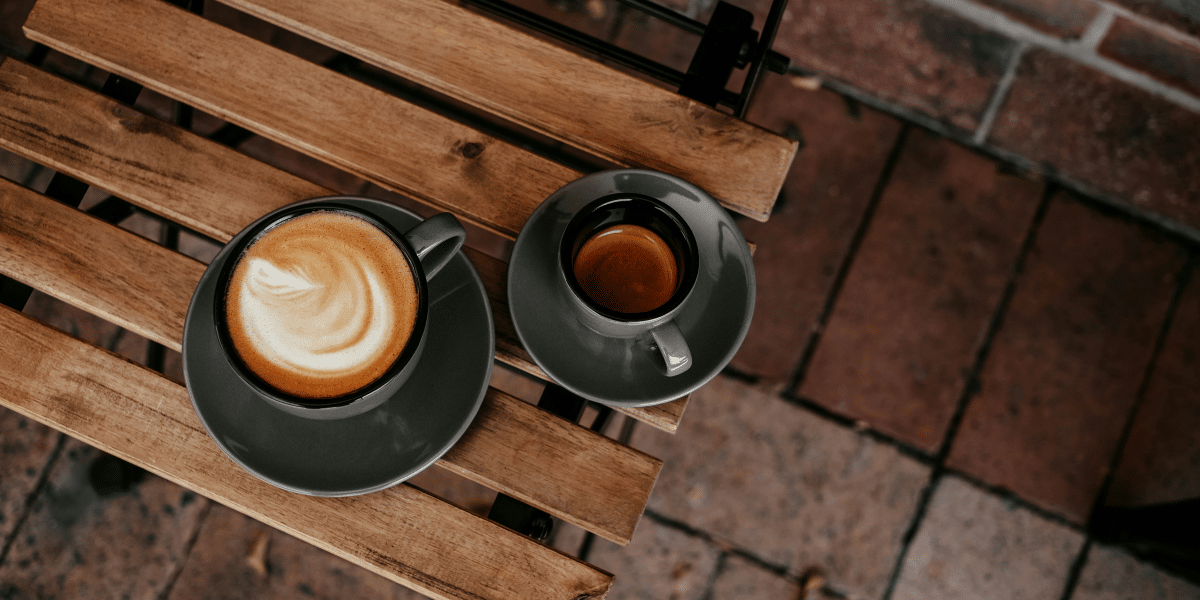By: John Glover (MBA)
When it comes to coffee, not all beans are created equal. As a coffee enthusiast, I appreciate the distinct characteristics that set arabica and robusta beans apart. Understanding these differences enhances my coffee experience and helps me choose the perfect brew to suit my taste.
Arabica beans are synonymous with smooth, complex flavors that often carry notes of fruit, sugar, and chocolate. Grown at higher elevations, they require more care and are generally more expensive. On the other hand, robusta beans boast a bold, intense flavor with higher caffeine content, making them ideal for espresso blends and instant coffee.
By exploring the unique attributes of arabica and robusta, I can better tailor my coffee choices to match my personal preferences. Whether I’m in the mood for a delicate, nuanced cup or a strong, invigorating shot, knowing these beans’ characteristics empowers my coffee journey.
Understanding Arabica Coffee
The arabica bean grows in cool, subtropical climates at altitudes between 600 and 2,000 meters. This plant demands moisture-dense soil and a blend of shade and sunlight for optimal growth. With around 60-70% of global coffee production, arabica is the dominant coffee variety. It’s characterized by a mild, complex aroma and offers a smooth taste with delicate acidity and subtle sweetness.
Arabica beans are distinct from robusta beans, with an oval shape and slightly larger size. When roasted, they develop an uneven S-shaped groove known as the center cut. These visual cues help identify arabica beans, which are cherished for their nuanced flavor profile.
Arabica originated in Ethiopia’s high-altitude forests, where it was first discovered. Its smooth mouthfeel and refined flavor make it a favorite among coffee connoisseurs. Despite its lower caffeine content, many prefer arabica for its delightful taste and higher quality. Major growing regions include Brazil, Colombia, Ethiopia, and Honduras, where specific conditions support its intricate flavors.
Understanding Robusta Coffee
Robusta coffee offers a bold and robust flavor that’s distinct from arabica. It accounts for nearly 30% of global coffee production. The beans are mainly grown in Africa, Indonesia, and India, thriving in lower altitudes between 300 and 800 meters. This coffee variety withstands harsh environments, offering higher yields due to its resilience to pests and diseases.
Robusta’s flavor profile differs significantly from Arabica. It’s stronger and more bitter, often described as having earthy, nutty, and sometimes chocolatey notes. The beans contain about 22-27% more caffeine than arabica, contributing to their intense taste and making them valuable in espresso blends for a strong body and rich crema. Because of the high caffeine content, robusta is favored in instant coffee for its invigorating effect.
Despite a reputation for having a harsh taste, robusta plays a crucial role in various blends. It’s less aromatic and lacks the complexity of arabica, but its durability makes it a popular choice in cost-effective coffee products. Understanding robusta’s characteristics helps me appreciate its unique contribution to coffee.
Key Differences Between Arabica and Robusta
Arabica and robusta coffee beans each offer distinct characteristics, influencing flavor, caffeine content, and cultivation methods. Understanding these differences aids in selecting the right coffee based on personal tastes and needs.
Taste Profile
Arabica coffee beans are known for their smooth, sweet flavors with notes of fruit and hints of chocolate. These beans produce a mild aroma with delicate acidity, making them preferred by those who enjoy a refined taste. In contrast, robusta beans provide a bold, intense flavor marked by a strong, earthy, and sometimes nutty profile. Their higher caffeine content contributes to a more bitter taste.
Caffeine Content
Robusta coffee beans contain about 2.7% caffeine content, almost twice as much as arabica beans, which have roughly 1.5% caffeine. This higher caffeine concentration gives robusta its bitter taste and boosts pest resistance, resulting in a more robust plant that requires fewer pesticides.
Sugar and Lipid Content
Arabica beans have nearly twice the sugar and about 60% more lipids than robusta beans. This higher concentration of sugars and fats contributes to their sweeter and more complex flavor profile. Meanwhile, robusta beans’ lower sugar and fat content lead to a stronger, more straightforward taste.
Price and Value
The growing conditions and delicate care required for arabica beans make them more expensive than robusta. Arabica’s higher quality and preferred taste profile often lead to a higher market value. Robusta’s hardiness and adaptability translate to lower production costs, making them a staple in cost-effective blends and premium instant coffee.
Growing Conditions
Arabica beans flourish at higher altitudes, specifically between 600-2,000 meters, in cool, moist climates. They require well-drained soil and a balance of shade and sunlight. Conversely, robusta beans are better suited to lower elevations, ranging from 300-800 meters, thriving in warmer tropical climates. They’re more resistant to pests and diseases, resulting in higher and more resilient yields.
Choosing Between Arabica and Robusta
When selecting between arabica and robusta coffee beans, I consider the taste I prefer. Arabica offers smooth, complex flavors with hints of fruit, sugar, and chocolate, while robusta presents a bolder and more intense flavor. If I enjoy a sweeter, aromatic coffee, arabica is the better choice. Robusta aligns better with my palate for a stronger, more bitter profile.
Price also influences my decision. Arabica is costlier due to its specific growing conditions and refined flavor, which make it ideal for indulgence or special occasions. Robusta, being more affordable, works well for everyday consumption or blends requiring a caffeine boost.
Understanding my coffee preferences and desired characteristics helps me choose the best bean type. I lean towards arabica if I need a rich, flavorful brew to savor alone. Robusta fits my needs for a potent espresso or instant coffee with more robustness. Each type’s unique attributes enhance my coffee experience and allow me to tailor my choices to suit my taste and brewing style.
Conclusion
Choosing between arabica and robusta coffee ultimately depends on personal taste and preference. If you’re drawn to smooth, complex flavors with a touch of sweetness, arabica might be your go-to. On the other hand, if you crave a bold, intense flavor with a caffeine kick, robusta could be more your style. Understanding the distinct characteristics of each bean can enhance your coffee experience, whether you’re indulging in a refined brew or seeking an energizing espresso. Remember that both types have their unique place in the coffee world, offering something special for every coffee lover.
Published by: Josh Tatunay

















